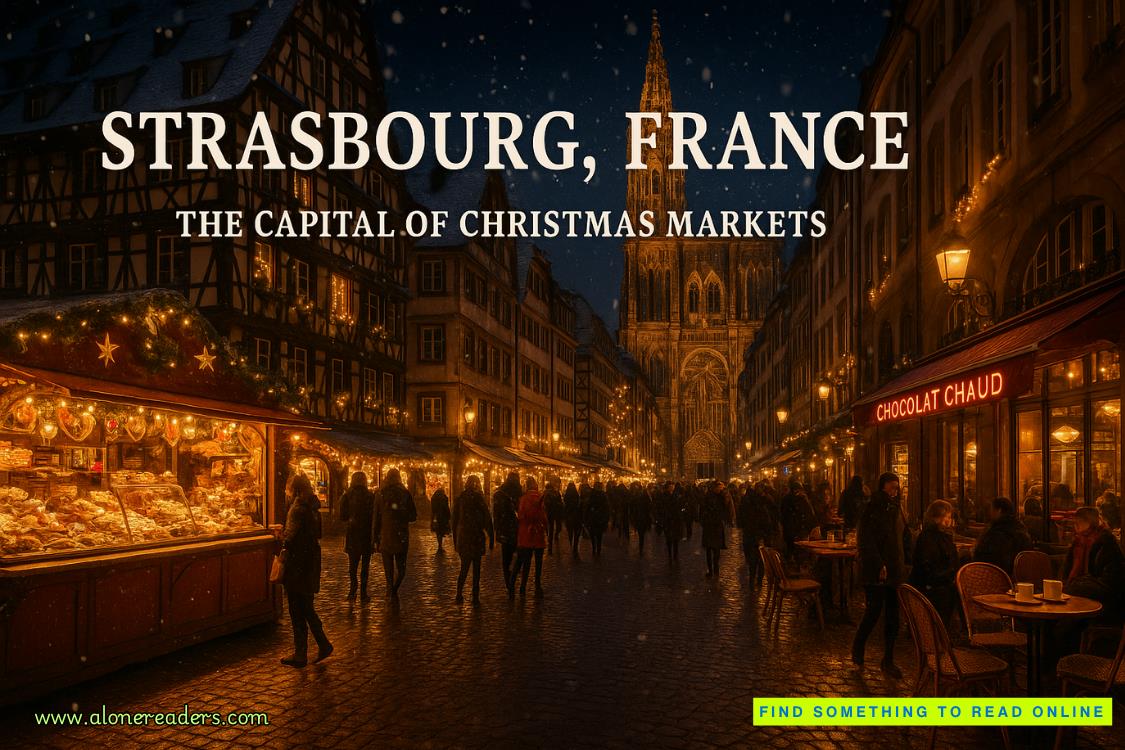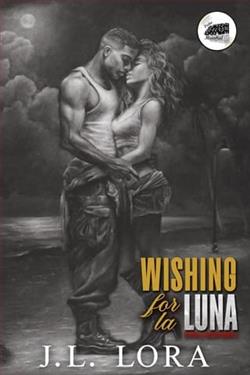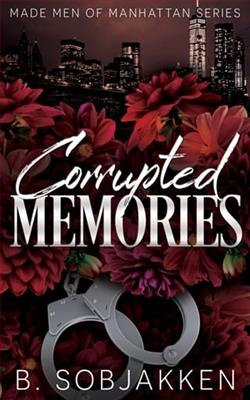Page 73 of Cast in Atonement
Kaylin shook her head. I’m not sure that’s the way it works.
I agree—but Azoria was not a woman given to acceptance of that fact, especially where mortals were concerned. Mortals lived without the need for a True Name.
Yeah, but we can’t live forever.
The ghosts could. Had Mrs. Erickson passed away, the children would have been trapped for eternity.
Kaylin flinched.
The gallery, as Terrano had informed them, was not the same gallery through which they had walked previously. Paintings hung across its walls, and statues adorned its alcoves. The statues were new, which was concerning, but it was the paintings that drew the eye.
Azoria had created paintings such as these in the High Halls; it was in such paintings that she had trapped—and suspended—living mortals. If stasis could be considered immortality, Amaldi and Darreno had effectively been Immortal. They just hadn’t experienced the passage of time, unless and until they were released from their prison.
Kaylin had sometimes wondered why people were obsessed with living forever. What kind of lives had they led that made eternity seem appealing? When she’d first come to the Hawks, she’d wanted the exact opposite: an end to what seemed unending pain.
Severn tapped her shoulder.
Sorry. You know I don’t feel that way now. She shook herself and returned her attention to the paintings. They had been portraits, at one point. Paintings of mortals. But the frames were so dark they might have been composed of obsidian—and the images were no longer of people. Had the paintings simply become the backgrounds that Azoria had painted, it wouldn’t have been so disturbing.
They were landscapes, yes—but not the landscapes or interiors that had graced Azoria’s work. Some were almost like the building they were currently investigating, but some were not. The only similar thing she had seen was in her brief foray into Ravellon. Which made things far worse.
But here and there were verdant, brilliant greens—trees or very tall plants, beneath oddly colored skies. And some were the gray, roiling clouds of the outlands.
The paintings looked almost like windows.
Kaylin lifted a hand to touch a canvas; Hope squawked. Loudly.
“Do not make me breathe fire,” Bellusdeo said, her voice louder than Hope’s.
“I just wanted to see if they were still canvas.”
“See with your eyes.”
“I don’t know why people say I’m reckless,” Terrano, invisible, muttered. “I wouldn’t touch these with gloves, armor, or a ten-foot pole.”
Kaylin rolled her eyes. “We believe you.”
“I don’t,” Mandoran said, his words overlapping Bellusdeo’s.
“I was being polite. Terrano, what does the painting at the end of the gallery look like?”
“It’s the only one that looks the same—but it’s a fair ways off now. I don’t think there are more paintings, but...there are more sculptures.”
Kaylin nodded; she could see that. The sculptures were similar to the ones that now graced the foyer.
“These sculptures were not here the first time you had the misfortune to visit?” Evanton asked.
“No.”
“I would like the Barrani boys to pay attention to every detail in this mansion, their memory being better than ours. Or,” he added, glancing in the direction of the Dragon, “Lord Bellusdeo could do the same. I feel hesitant to command her as if she’s a simple errand runner. I’d have you do it,” he added to Kaylin. “I pay taxes. Taxes pay you. But your memory is worse than mine.”
Bakkon and Serralyn had not entered the gallery; that left Mandoran and Terrano as the errand boys. No one in this hall felt safe. Azoria was dead, in theory, but the hall had changed. Either something else had moved in, or the hall was somehow reverting to an earlier shape and form.
Kaylin doubted it was the latter; the hall was larger, and far grander, than the home that Azoria had constructed; she couldn’t imagine that the Barrani lord would have gone through the effort of deliberately creating a lesser space.
Evanton’s expression grew more remote as he walked, purposefully and slowly, down the gallery.
Kaylin risked one question. “Are these paintings no longer paintings?”















